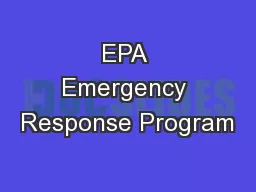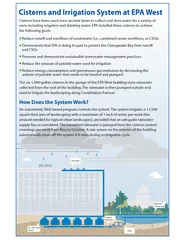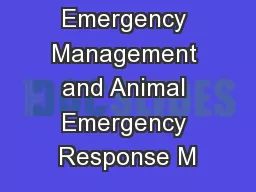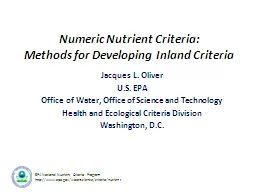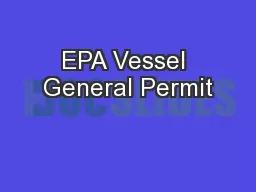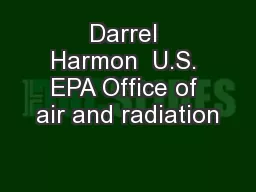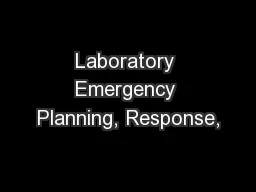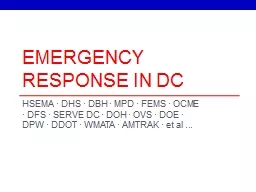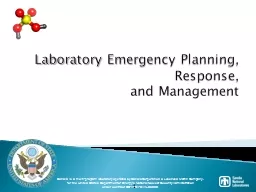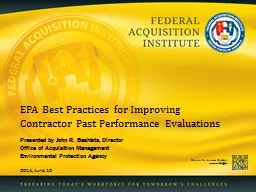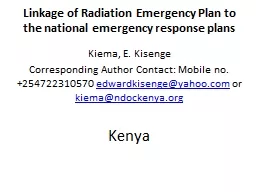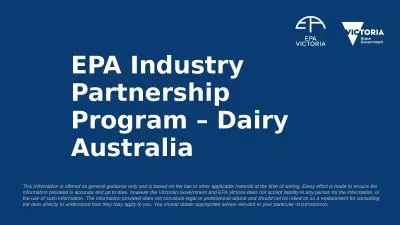PPT-EPA Emergency Response Program
Author : lois-ondreau | Published Date : 2018-09-23
2012 ASTSWMO MidYear Meeting Montgomery AL Gilberto Irizarry Director Program Operations and Coordination Division Office of Emergency Management ER Program Roles
Presentation Embed Code
Download Presentation
Download Presentation The PPT/PDF document "EPA Emergency Response Program" is the property of its rightful owner. Permission is granted to download and print the materials on this website for personal, non-commercial use only, and to display it on your personal computer provided you do not modify the materials and that you retain all copyright notices contained in the materials. By downloading content from our website, you accept the terms of this agreement.
EPA Emergency Response Program: Transcript
Download Rules Of Document
"EPA Emergency Response Program"The content belongs to its owner. You may download and print it for personal use, without modification, and keep all copyright notices. By downloading, you agree to these terms.
Related Documents

